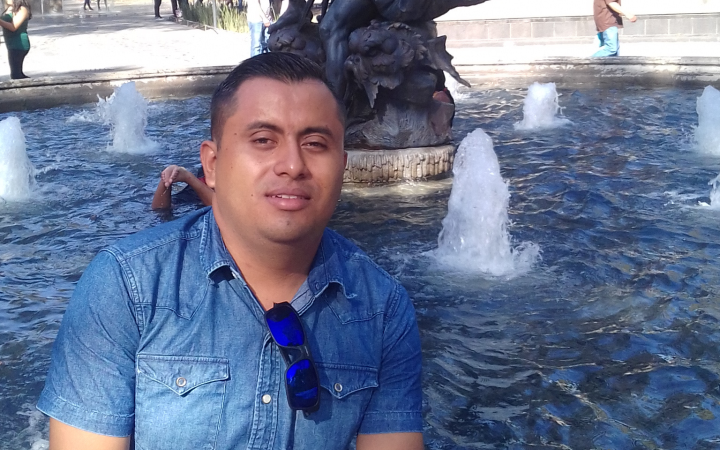Name: Cesar Vidal Molina Gadea
Title: Renewable Natural Resources Engineer
Country: Nicaragua
Course: Minamata Initial Assessment (MIAs)
When it comes to environmental diversity, Nicaragua has it all! Beaches on both the Atlantic and Pacific Coasts, volcanoes and lakes, tropical pine forests, wetlands and savannas. Nevertheless, like in so many other places, its rich biodiversity is endangered due to human activities.
This Central American nation is aware of that and is committed to implementing more assertive strategies to protect its natural resources. One of the steps the country is taking towards this goal is tackling its mercury emissions.
Each year this quicksilver liquid metal generates a lot of damage to the environment and human beings all over the world. One of the main sources of mercury release is connected to artisanal and small-scale mining (ASGM). Artisanal miners use vast amounts of mercury for capturing gold and most of the metal is released directly into the environment. While part of the mercury used in these activities evaporates into the atmosphere, a significant portion travels downstream through rivers until reaching the oceans. The substance can easily affect us through the food chain. Usually, people only think about contaminated fish, for instance. However, grains and vegetables can also become contaminated through the use of polluted waters. The damage caused by mercury goes way beyond humans and in fact, it is extremely harmful to many other species. An estimated 3,000 tons of mercury are released annually in our planet’s ecosystems through ASGM alone!
On that account, Nicaragua’s Ministry of the Environment and Natural Resources (MARENA) has worked on a long-term project to address the issue – and they were not left without support. Back in 2010, the country counted on UNITAR’s assistance to prepare a diagnosis for their Evaluation of National Capacities on Mercury Management. The Institute gathered information from different sectors and key actors in order to provide a general description of the mercury situation, including information on existing legislation that did not specifically address mercury management, institutional arrangement needed, available capacities, gaps, use in ASGM in the country, products circulating that contained mercury, and implementation of activities for the proper management of the substance.
Since then, UNITAR has continued to provide technical expertise for the development of all mercury-related activities and other aspects associated with the Minamata Convention – signed by the country in 2013. More specifically, in the last year, MARENA and UNITAR have worked closely on taking stock of Nicaragua’s mercury use and release.
Cesar Vidal Molina Gadea, a Renewable Natural Resources Engineer working for the ministry, has been involved in this task since the beginning. “It was a challenging project. We had to really research and quantify all different categories of anthropogenic sources of emissions, such as the use of lamps with mercury, dental amalgam, ASGM, cement production, incineration of general waste, and so on. It seems simple, just entering some data and calculating it, but we had to look into other aspects that play an important role in mercury emission. For instance, for some of these categories, we had to go through data on mercury importation from the last 3 years. We also had to work closely with other ministries to get an accurate assessment of these importations.”
Fortunately for Cesar and his colleagues, UNITAR’s experts were eager to share their knowledge and skills to support the team throughout the entire stock-taking process.
It has been a great collaboration! UNITAR’s assistance has been very effective, technical, and professional. They were specialists in the topic with lots of experience. Regarding the inventory, each category we estimated, we did in close consultation with UNITAR, and they helped us adapt to international methodologies. I did not have experience with mercury inventory before, so I have learned a lot. Although we did not get the chance to have face-to-face training and consultations due to COVID-19 restrictions, we managed to do it virtually.
The work on the inventory has been successfully completed. Nevertheless, the mission of tackling mercury emissions is just starting. Now that the government has a solid estimation of mercury usage, a follow-up health strategy focused on it has been created. On top of that, various institutions, municipalities, and organizations got together to launch a National Action Plan to reduce the use of mercury in the country.
The idea is that this report does not become just one more document in your drawers, but a resource that is useful to our institutions and industries for decision making and development of policies that seek to advance sustainable development and environmental protection. The government is committed to improving conditions in ASGM and its health strategy is focused on this sector.
From our end, we are ready to continue supporting these national ambitions!


